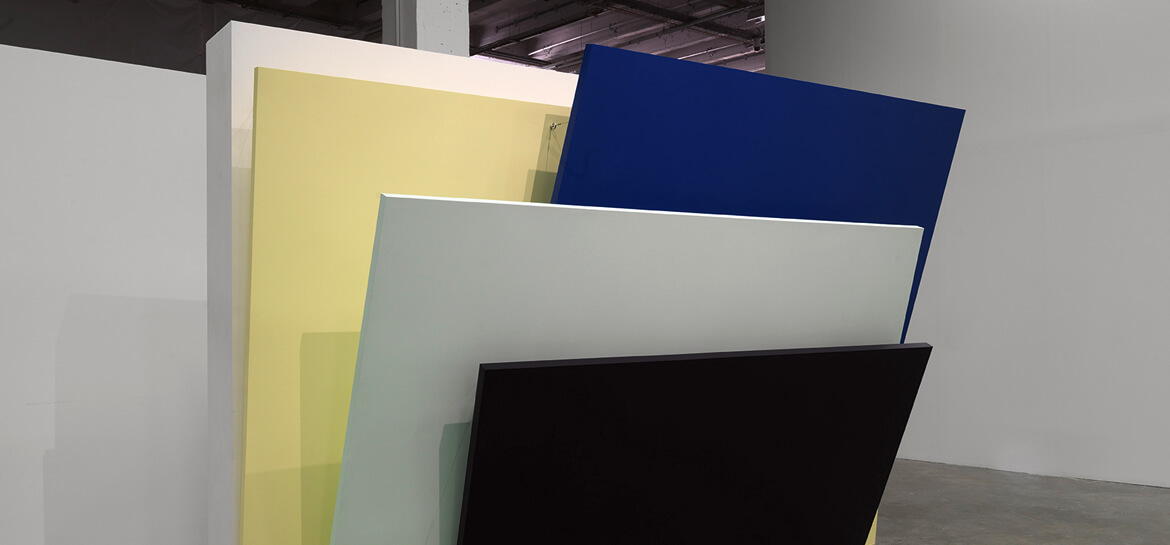
SEARCH THE ENTIRE SITE

This House
A psycho-geography that explores the connections between architecture and politics by examining memory, be it that of Apartheid or of other events.
The collaboration between Mikhael Suboztky and Anthea Buys brings together two dynamic figures: one an artist and rising figure of the South-African art scene; the other, a curator.” Together, they have created a psycho-geography that emphasizes the role of memory. Combining films, sculptures and installations, the exhibition connects architecture with politics to show both the visible and invisible connections between the two. Through references to colonial African history, slavery and Apartheid, they explore relationships of power and representation
In “This House” the works of five artists from South Africa, Burundi, Norway and the United States explore different qualities of structure. The exhibition brings together newly-commissioned works, existing contemporary pieces and one important historical work, Gordon Matta-Clark’s Conical Intersect (1975), in a way that links architectural forms, institutional entities and political systems through their common reliance on methods of spatial and temporal organization. Mikhael Subotzky’s four-channel film Moses and Griffiths (2012) provides a narrative route into the exhibition, as the piece’s two protagonists narrate history through the features of two iconic buildings of which they are the custodians.
In all of the works presented, structure is identified as a phenomenon that is both volumetric and conceptual. These modes are linked in the selection of works by poetic and formal threads – which together constitute a kind of intra-architecture – that casts doubt on the possibility of inhabiting a space or a time without inheriting a political stance. Serge-Alain Nitegeka’s site-specific sculptural installation manifests this idea of troubled inhabiting on a scale that draws viewers into a direct physical encounter with an environment that is both alluring and obstructive.
In addition to the five works that are plainly shown, the exhibition will also include an indeterminate number of unseen “ghost” works, pieces that are no longer visible at Palais de Tokyo. These manifest in the exhibition through subtle clues, temporal recursions, leaps of the imagination, dreams and games. They haunt Alexandra Makhlouf’s new performative drawing installation as she both cites and invents the history of display within the museum.
The recognition of invisible works alongside visible ones enacts the strong psychogeographic orientation in Moses and Griffiths and in André Tehrani’s The Letter V in Various Media, 1963 – 1998 (2012). In turn, it connects spatial perception with the more mysterious phenomenon of temporal perception, suggesting that the eclipse of the past by the present is the result of a psychic or anatomical limitation rather than a metaphysical truth.
CURATORS
Mikhael Subotzky’s (b. 1981, Cape Town) photographic work combines the directness of the social documentary mode with a questioning of the nature of the photographic medium itself. Mikhael Subotzky’s work has been exhibited widely in major galleries and museums, and his prints are in the collections of the Museum of Modern Art, New York, the Victoria and Albert Museum, London, the South African National Gallery, Cape Town, and the Johannesburg Art Gallery.
Anthea Buys (b. 1984, Johannesburg, based in Cape Town and New York) is a curator, writer and researcher based in Cape Town, South Africa. Her most recent exhibition, supported by the Office for Contemporary Art in Norway, was titled “Machine Worries, Machine Hearts”, and brought together Norwegian and South African artists in a collective thought experiment about human-machine empathy (blank projects, Cape Town,October 2012).
WITH
Alexandra Makhlouf, Gordon Matta-Clark, Serge-Alain Nitegeka, Magnhild Øen Nordahl, Mikhael Subotzky, André Tehrani
This exhibition is organised in the context of the Seasons South Africa-France 2012 & 2013 www.france-southafrica.com
With the support of BASA (Business Arts South Africa), of the Goodman Gallery and of the OCA – Office for Contemporary Art Norway
